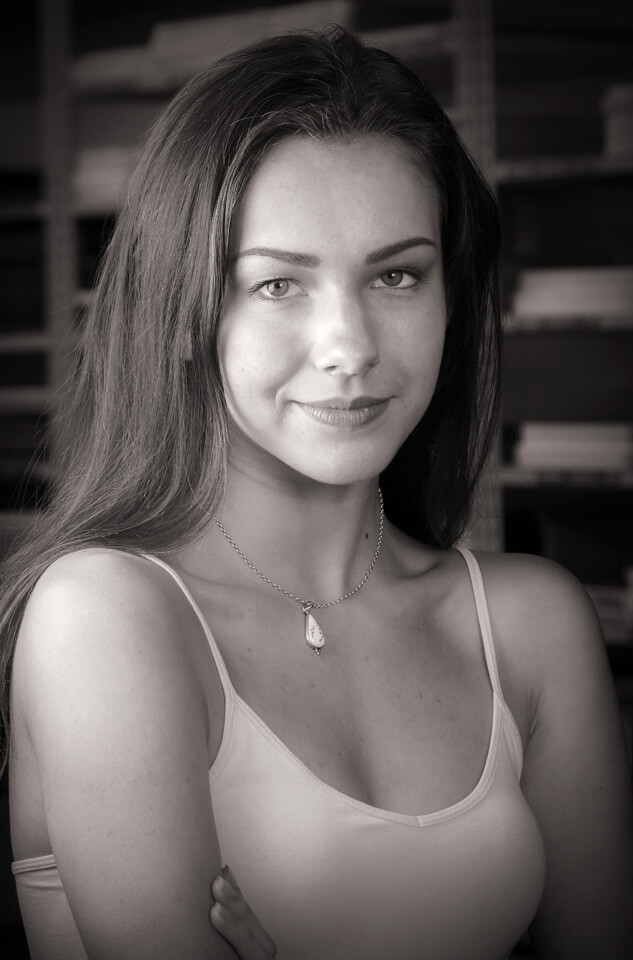Black & White Portraits Can Add Impact
Today’s Post by Joe Farace, photographs by Mark Toal
 Black & white is a wonderful media for making portraits because the lack of color simplifies the image, causing you to focus on the real subject of the photograph instead of their clothing or surroundings. Sometimes the nature of the portrait subject demands that the image be photographed in black and white. Arnold Newman’s portrait of composer Igor Stravinsky could never have been made in color and have the same impact it has in black & white.
Black & white is a wonderful media for making portraits because the lack of color simplifies the image, causing you to focus on the real subject of the photograph instead of their clothing or surroundings. Sometimes the nature of the portrait subject demands that the image be photographed in black and white. Arnold Newman’s portrait of composer Igor Stravinsky could never have been made in color and have the same impact it has in black & white.
There are also trendy aspects associated with creating images in black & white. Television, motion pictures and fashion magazines periodically “rediscover” black and white as a way to reproduce images that are different from what’s currently being shown. Right now, many professional photographers tell me that they’re seeing a higher than normal demand for black and white portraits—even for high school seniors—than previously was the case. Individual and family portrait purchases like these are driven by these same trends.
 Mark and I capture and process our black and white images differently:
Mark and I capture and process our black and white images differently:
Mark likes to work in Adobe’s Lightroom and he’s written a post about he produces monochrome portraits that you can read here.
I prefer to work in Adobe Photoshop after originally capturing the image as RAW+JPEG files. The JPEG file is from in-camera capture in monochrome mode and lets me and the subject preview the image in black & white but then I use the RAW file to first retouch and then convert into monochrome for the finished image.



